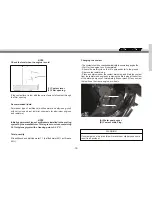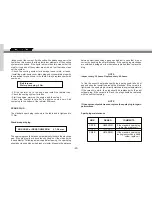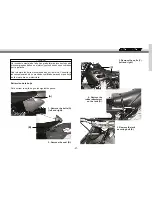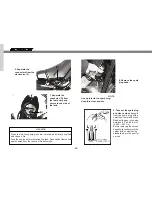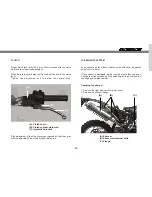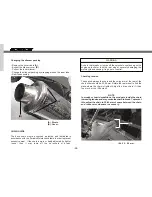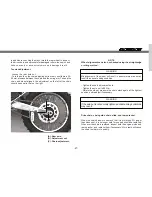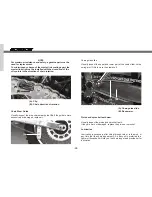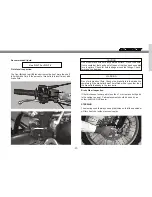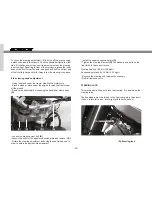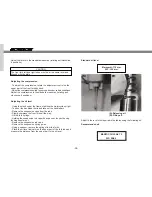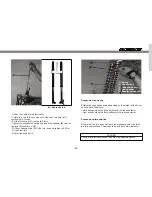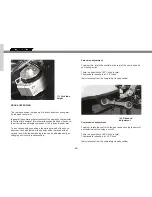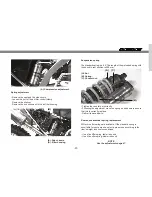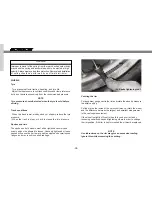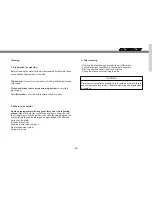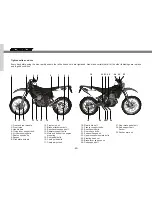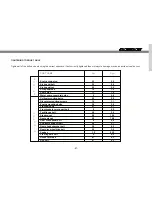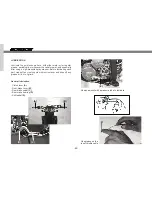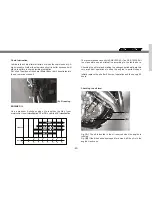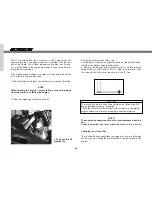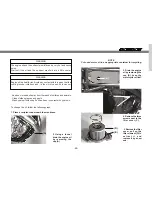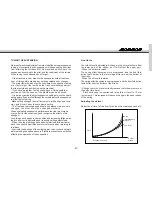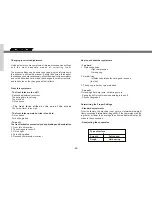
- Using a stand underneath the chassis, stabilized the bike.
- Put something under the engine so that the front wheel does not
touch the ground.
- Remove the air purge screw from the upper part of the front forks.
Adjusting the extension
- To adjust the rebound, rotate the adjustment control
(A)
on the
upper part of the front forks using a screwdriver.
- Adjust the rebound according to your preferences under determined
conditions.
-
33
-
CAUTION
Never leave the key in the lock. If the steering is turned to the left
with the key in the lock then this will be severely damaged.
FRONT FORKS
The front fork should always be adjusted for the rider's weight and
track conditions. The adjustments are done in 5 stages:
- Air pressure: affects the entire range of fork stroke. The air pressure
increases when the forks heat up, or, as operation time increases.
We don't recommend using air pressure as the forks are designed
to work without adding any air.
- Rebound and compression dampening adjustment: This adjustment
affects the speed of the rebound. The fork rebound dampening
adjustment has 18 positions. The tightened position is completely
hard. The position 12 from the closed position is the standard and
the position 18 is totally soft.
- Oil level adjustment: The effects of higher or lower fork oil level
are only felt during the final 100 mm of fork stroke. A higher oil level
will make the fork rebound more quickly. A lower oil level will make
the fork rebound more slowly.
- Fork springs: Optional springs are available that are softer and
stiffer than standard.
Air Pressure
The standard air pressure for the front forks is atmospheric pressure.
The air pressure in the fork legs increases as operation progresses
and therefore the forks become harder.
(A). Purge bolt.
(B). Adjustment
control.
(A)
(B)
Summary of Contents for EC FSE 450
Page 2: ......
Page 3: ...USER MANUAL USER MANUAL ENGLISH...
Page 4: ......
Page 68: ...Notes Notes...
Page 69: ...Notes Notes...
Page 70: ......

